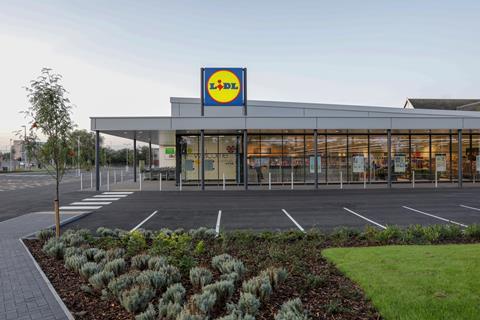
Lidl is looking for bigger stores in the latest flexing of its property requirements under outgoing CEO Christian Härtnagel.
The discounter’s minimum desired unit size outside London has grown from 14,000 sq ft to 18,000 sq ft.
In a recent change to a property page on its website, it has also added retail parks to a list of its top requirements, which also include town centre and edge of centre sites.
The changes have come ahead of Härtnagel’s departure, announced last week, to become Lidl Germany CEO from March. He leaves Ryan McDonnell, currently Lidl GB deputy CEO, to take over his role.
Having grown the estate from 640 to 880 stores in his five years, Härtnagel leaves McDonnell with a new target, of 1,100 stores by the end of 2025.
The estate growth, helped by adaptations to Lidl’s store requirements, especially for smaller units in London, is seen as a major strand in Härtnagel’s legacy.
But he is also seen as having made new stores bigger, allowing for a larger range and more facilities, as well as providing a potential advantage in the pandemic, when social distancing has placed constraints on capacity. Since Härtnagel took over in 2016, the number of permanent lines sold by Lidl has grown from about 2,000 to 2,300.
Lidl’s published maximum unit size outside London is already larger than Aldi’s, at 26,500 sq ft compared with 20,000 sq ft. The latest change in Lidl’s requirements means they both now have 18,000 sq ft as their lower limit, ruling out smaller sites from Lidl’s wish list.
Read more: Christian Härtnagel’s legacy and the next steps for Lidl UK
“It’s been noticeable that recent Lidl new-builds have been much roomier: more spacious bakeries, customer toilets and baby changing areas, more space given to produce, including loose items, extra space for self-checkouts and also a bit more capacity for food to go,” said Shopfloor Insights founder Bryan Roberts.
“The aisles are wider and the stores feel generally less cramped. The move might also reflect an increased willingness to take on retail park vacancies which it seems Aldi has been a bit more adventurous in.”
The extra size could also allow space to hold more stock, which could prove valuable amid supply chain challenges.
Shore Capital’s Clive Black said: “Lidl and Aldi have undoubtedly been constrained by the compact nature of their stores [with social distancing restrictions in place], particularly around the checkout areas.
“The change makes sense especially as the view evolves that this pandemic is going to be here for the foreseeable future but I doubt it’s the prime driving force.
“I think it’s more to do with having adequate space to merchandise what is a broader, more mainstream assortment.”
He said Lidl had “materially increased” its fresh and chilled offering, creating a need for “more fixtures and fittings, more energy and more backroom space for multitemperature products”.







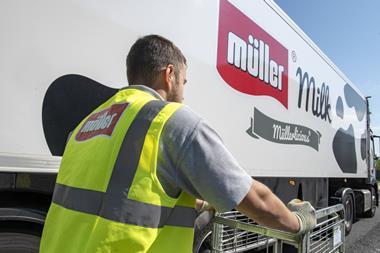
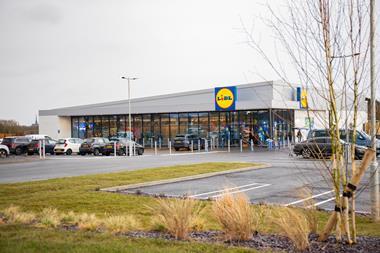



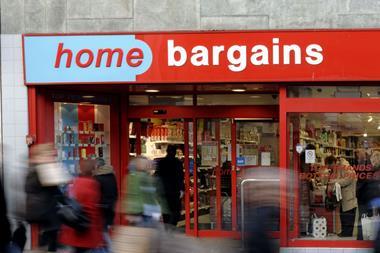
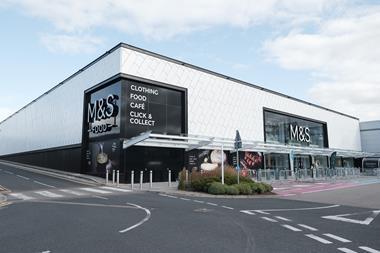
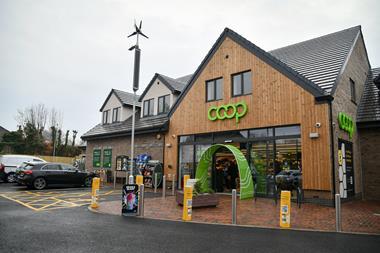



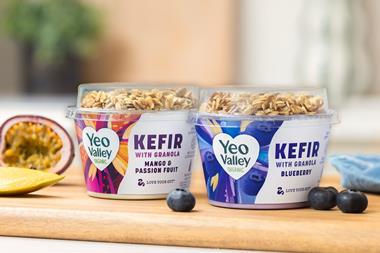
No comments yet